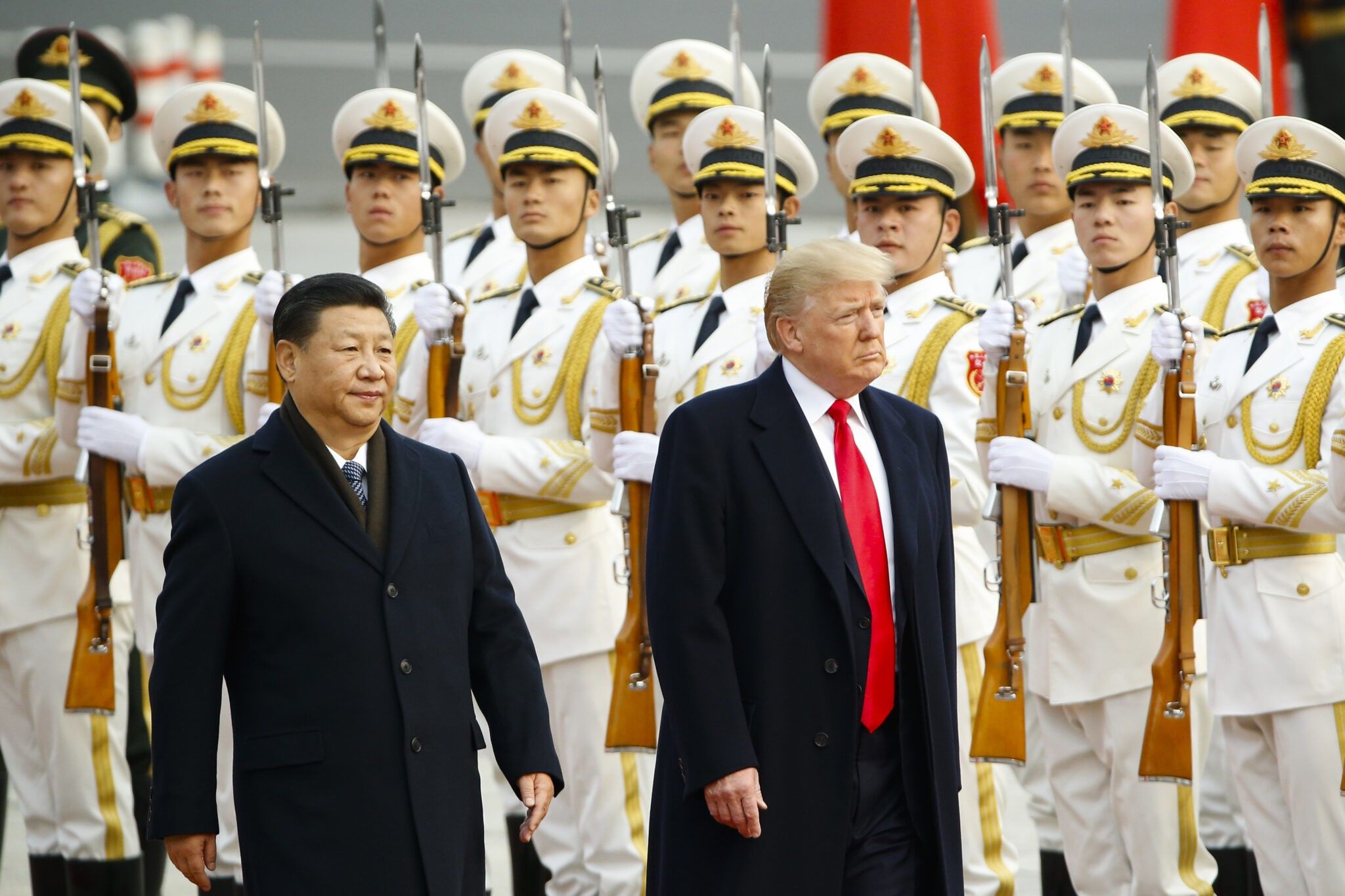Sometime early next year, MG Motor will launch its second electric car in India. Not only will it be smaller than the ZS EV ( ₹22.58-26.6 lakh), it will also be significantly cheaper. In fact, MG has already promised to breach the ₹15 lakh barrier. It will not be the only one to do so — Tata already has at least two products in that bracket, but it will be one more option for consumers looking beyond fossil fuel (read petrol/diesel) alternatives.
There is a catch, however. Unlike all other electrics in the market, this new car will have only two doors. Based on the Wuling Air EV that is on sale in Indonesia, MG will make necessary iterations for Indian conditions, but adding two doors isn’t one of them. Measuring just under three metres, it has a very small footprint. For context, Tata Tiago EV — the cheapest electric offering in the country today, is 3.8 metres long. It is a tall boy though and a height of 1.6 metres puts it in the range of Wagon R giving it a rather gawkish stance.
You might also like
The test for India’s sovereign green bonds
Why Nykaa’s fashion biz is a blemish for growth
KKR, Temasek eye stakes in Manipal Health
Centre wants Voda Idea promoters to pump in more equity
Traditionally, two doors in a car as opposed to standard four haven’t done well in India. While they are commonplace in Europe, manufacturers have tried to experiment with them from time to time here with little success. From the Standard Herald in the 70s, to India’s first 2-door sports car San Storm in the mid 90s, limited edition two-door versions of Maruti Zen (named Carbon and Steel), the imported VW Polo GTi or the Reva, India’s very first electric car itself, many such cars have hit the roads in India.
None of them, barring the Zen to some extent, received too much love from the value conscious family-oriented consumers of India. Two-door cars are typically smaller and lighter than their four-door siblings and the benefits manifest themselves through sprightly performance, or better fuel efficiency. In India though, the lack of practicality — ease of ingress and egress for all passengers is a big deal — overshadowed everything else.
But there are other reasons why two doors may have more practicality in the electric age. They are lighter, built predominantly for city usage which means shorter trips, and can do with a smaller battery pack. In a vehicle, where the battery is at the heart and accounts for 40 percent of the cost, that could be decisive.
Further, there are signs that consumer preferences are changing. Indians are no longer just buying their first car but it is relatively common for urban households to have multiple cars in the garage. As the second car in the family meant for city commuting, an electric two-door car may just make sense.
To make up for the quirkiness though, the car will have to offer more in terms of styling, features and other modern creature comforts that befits the urban surroundings it is meant for. One big success story in recent times is the two-door Mahindra Thar that defied all expectations and kickstarted the brand’s resurrection in the domestic market. MG may not break new ground on price — Tiago EV at ₹8.5 lakh has four doors and will be tough to match — but can take inspiration from the Thar and deliver on other counts.
There are bound to be more that will join in with their own experiments. Electric cab hailing firm BlueSmart Mobility, for example, is planning to launch its three-wheeled reverse trike model next year. This one will not only have two doors, but also only two seats. Primarily for the city, the company believes it may appeal to parents who want to offer personal mobility option that is safer than two-wheelers to their college-going kids. Another company. Orxa, is also working on a similar concept, Mantis, which it plans to launch after its first batch of electric two-wheelers.
Will Indian consumers finally warm up to the idea of letting go off the two doors that they anyway use only sporadically? The MG experiment may give us the answer to that. What is certain though, in the electric era, there will be many quirky vehicles on the road. The consumer this time will be spoilt for choice, not only in number but also variety.
Elsewhere in Mint
In Opinion, Debjani Ghosh says G20 presidency can make India the architect of a redesigned digital economy. Biju Dominic says activity trackers can change your beahviour. Amit Kapoor & Bibek Debroi tell how to boost India’s competitiveness. Long Story reveals the ugly truth of a dud vaccine.
Download The Mint News App to get Daily Market Updates.
More
Less
















